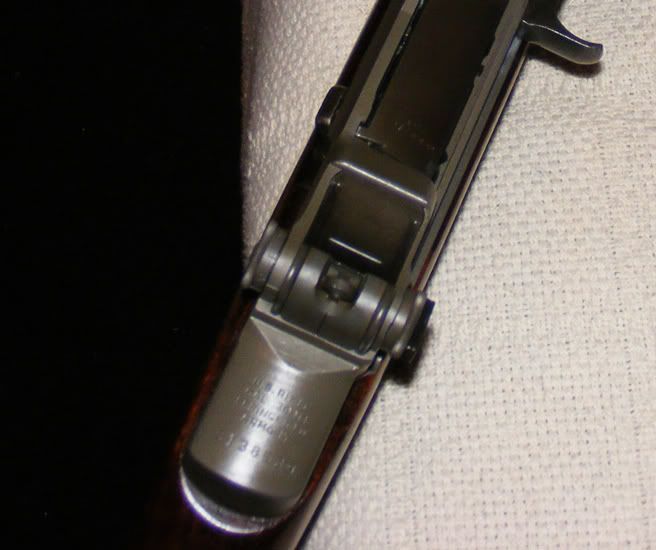I have an M1 rifle, A Springfield originally made in '44, that is from the CMP. The barrel is an SA '46, and sometime or other, the receiver was re-parkerized.
When I originally got it, the receiver was quite light in color. That was in '08
Now the receiver has taken on a pleasing olive green color
My question is:
Why has the color changed? All I've ever done to the metal is clean it (well I do fire the rifle, too). I run a silicon cloth over the metal once a month or so. I removed the receiver to oil the stock in every case that I worked on it. I am not complaining about the color, it just struck me today that it is darker than I recall it when I first got it. I did not expect the park to darken up at all, I had accepted the fact that the receiver would just be a light gray and maybe I'd have it re-done at Tim Shufflin's place one day or maybe not
When I originally got it, the receiver was quite light in color. That was in '08
Now the receiver has taken on a pleasing olive green color
My question is:
Why has the color changed? All I've ever done to the metal is clean it (well I do fire the rifle, too). I run a silicon cloth over the metal once a month or so. I removed the receiver to oil the stock in every case that I worked on it. I am not complaining about the color, it just struck me today that it is darker than I recall it when I first got it. I did not expect the park to darken up at all, I had accepted the fact that the receiver would just be a light gray and maybe I'd have it re-done at Tim Shufflin's place one day or maybe not


